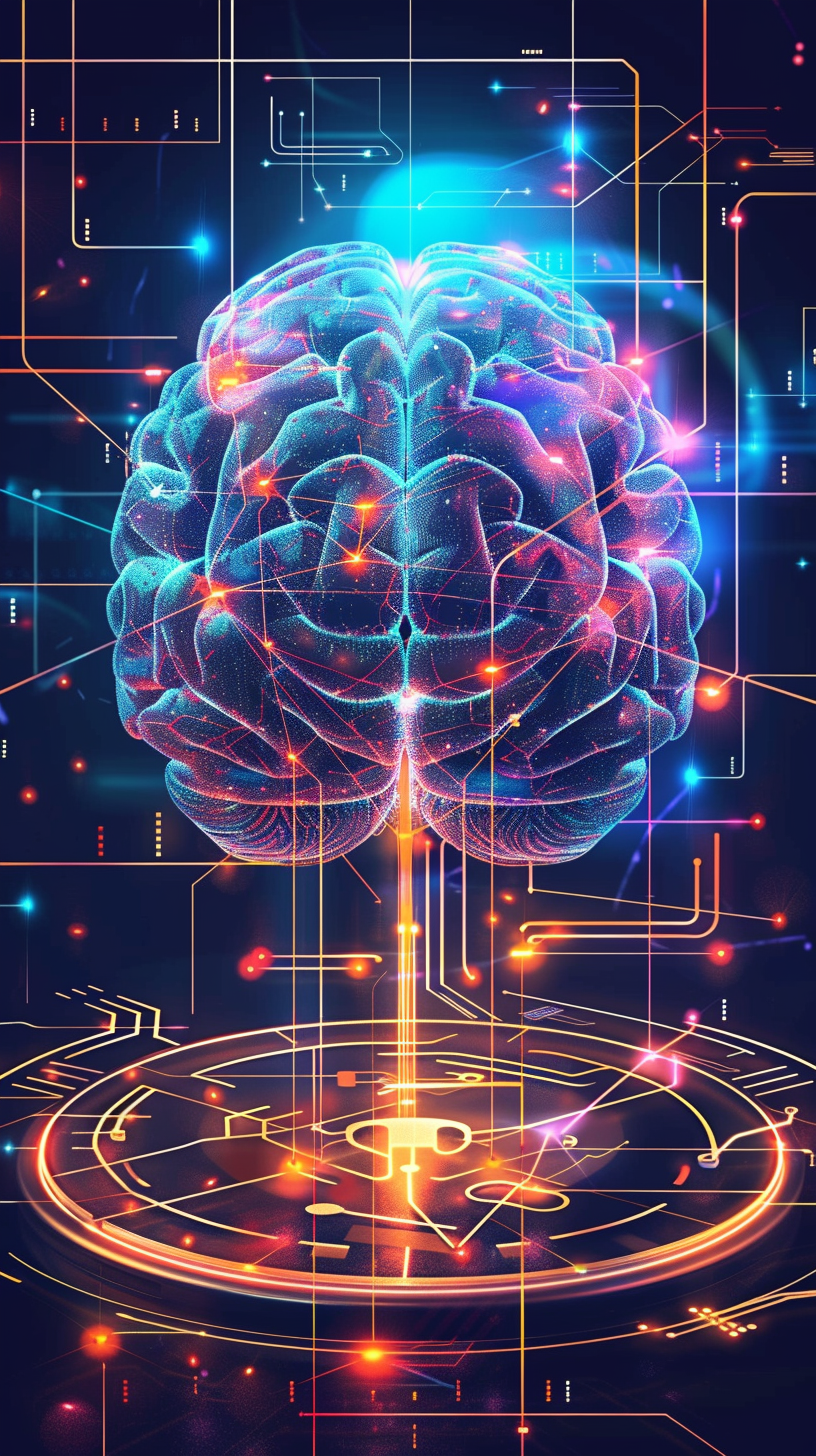In the rapidly evolving world of Artificial Intelligence, myths and half-truths seem to be as prevalent as genuine breakthroughs. With the rise of models like GPT-3, ChatGPT, GPT-4, and yet-to-come GPT-5, the need to differentiate between fact and fiction has never been greater. Let’s deep-dive into some of the most common misconceptions.
Is ChatGPT Self-Aware and Sensitive?
Sci-fi often paints a world where machines gain self-awareness. Such fables have led to misconceptions about ChatGPT, with some envisioning it as a burgeoning sentient being. While it’s true that ChatGPT, rooted in advanced machine learning, can craft uncannily human-like replies, it’s not truly conscious. It’s an impressive data synthesizer, evolving with the digital world but lacking genuine emotions or self-awareness. Moreover, its ability to pass the Turing Test, designed to measure AI’s human mimicry, only amplifies these misconceptions.
Can AI Predict the Future?
There’s a widespread notion that advanced AI, like ChatGPT, has prophetic powers. While tools such as GPT-4 can adeptly anticipate user inputs and suggest product preferences based on patterns, they’re not fortune tellers. These systems analyze vast data to identify trends, but they can’t foresee unpredictable events.
So while they may seem uncannily accurate at times, they’re far from clairvoyant. It’s vital to distinguish between AI’s pattern recognition and genuine future prediction.

Is ChatGPT consistently accurate?
While ChatGPT is a sophisticated tool that often offers relevant and reliable responses, it’s not infallible. The AI is built on vast language models and uses statistical patterns from its training data to generate answers.
This means it can sometimes struggle to differentiate fact from fiction, especially in nuanced topics. For critical information or detailed insights, it’s always recommended to consult multiple trusted sources and not rely solely on ChatGPT.
Does the AI like ChatGPT follow Isaac Asimov’s Robot Laws?
As intriguing as Asimov’s iconic robot laws are, modern AI systems, including ChatGPT for Mac, don’t operate based on these sci-fi rules. Instead, they function based on vast datasets, intricate algorithms, and guidelines set by developers, rather than fictional dictates.
What was the AI hiatus in 2023?
2023 witnessed a unique moment in AI history when prominent figures, such as Elon Musk, called for a pause in AI experiments. While this echoed the concerns of many, the reality of halting global AI advancements isn’t as simple as pressing a pause button. Given the intense competition among companies and countries for AI dominance, a short-term break would have minimal impact on the overall momentum.
What does “Open” in OpenAI‘s name mean?
When OpenAI was founded in 2015, it championed an open-access philosophy. As time progressed, the organization shifted towards commercial pursuits and strategic partnerships, including one with tech giant Microsoft. As a result, OpenAI adopted a more guarded approach to data sharing. So, while the name “OpenAI” persists, its original ‘open’ ethos might now hold more symbolic value.

How many parameters does GPT-4 really have?
There’s been significant buzz suggesting that GPT-4 has an astounding 100 trillion parameters. OpenAI has been somewhat reserved about revealing the precise details, but it’s reasonable to believe that while the figure is likely impressive, it doesn’t reach the rumored numbers.
What does the number of parameters mean?
In machine learning, “parameters” are like settings in the model that change and improve as the model learns from data. Think of them as dials that the model adjusts to get better at making predictions. These parameters include weights and biases, which control how much importance the model gives to certain information.
When a model has many parameters, it can capture more details and patterns. But there’s a catch. If it has too many, it might perform well only on the data it’s trained on and not on new data. This issue is called overfitting. Large models like GPT-3 and GPT-4 have lots of parameters, so they need a lot of data to learn effectively and avoid this problem.

Are our passwords in danger due to AI advancements?
A: As AI continues to evolve, concerns about the security of our digital passwords arise. Fortunately, even with the rapid development of AI, the integrity of strong, unique passwords, especially those stored in trusted vaults like LastPass or 1Password, remains intact and secure.
Are all AIs like chatGPT, Bard or HelloAI same?
Not all chat AIs like ChatGPT, Bard, and Poe are the same. They might look similar because they can chat, but they have different designs and jobs. Some are built for general chatting, while others are made for specific tasks like helping customers. They also use different training data, which means they can respond differently based on what they’ve learned.
Moreover, these AIs come with their own special features. Some might have a unique way of talking, while others focus on safety or user privacy. Just like cars from different brands have their own features and designs, chat AIs also have their own characteristics that make them unique.
Conclusión
In our quest to understand AI, it’s essential to separate myths from reality. Advanced models like ChatGPT are marvels of technology, with the ability to synthesize human-like responses, but they’re not sentient or omniscient. While they can analyze patterns and provide insights based on vast datasets, they can’t predict the unpredictable or provide infallible answers. As with any tool, its efficacy is determined by how we use it.
For a firsthand experience of this remarkable technology, consider downloading HelloAI, our Chatbot App for Mac. It’s paramount to approach AI with a balanced perspective, recognizing its capabilities while also acknowledging its limitations.
The evolving landscape of AI, marked by both rapid advancements and philosophical debates, underlines the importance of education and critical thinking. As AI systems like ChatGPT continue to weave themselves into our daily lives, our responsibility is to use them wisely, supplementing their insights with human discernment. Through understanding, collaboration, and tools like HelloAI, we can harness AI’s potential while staying grounded in reality.


